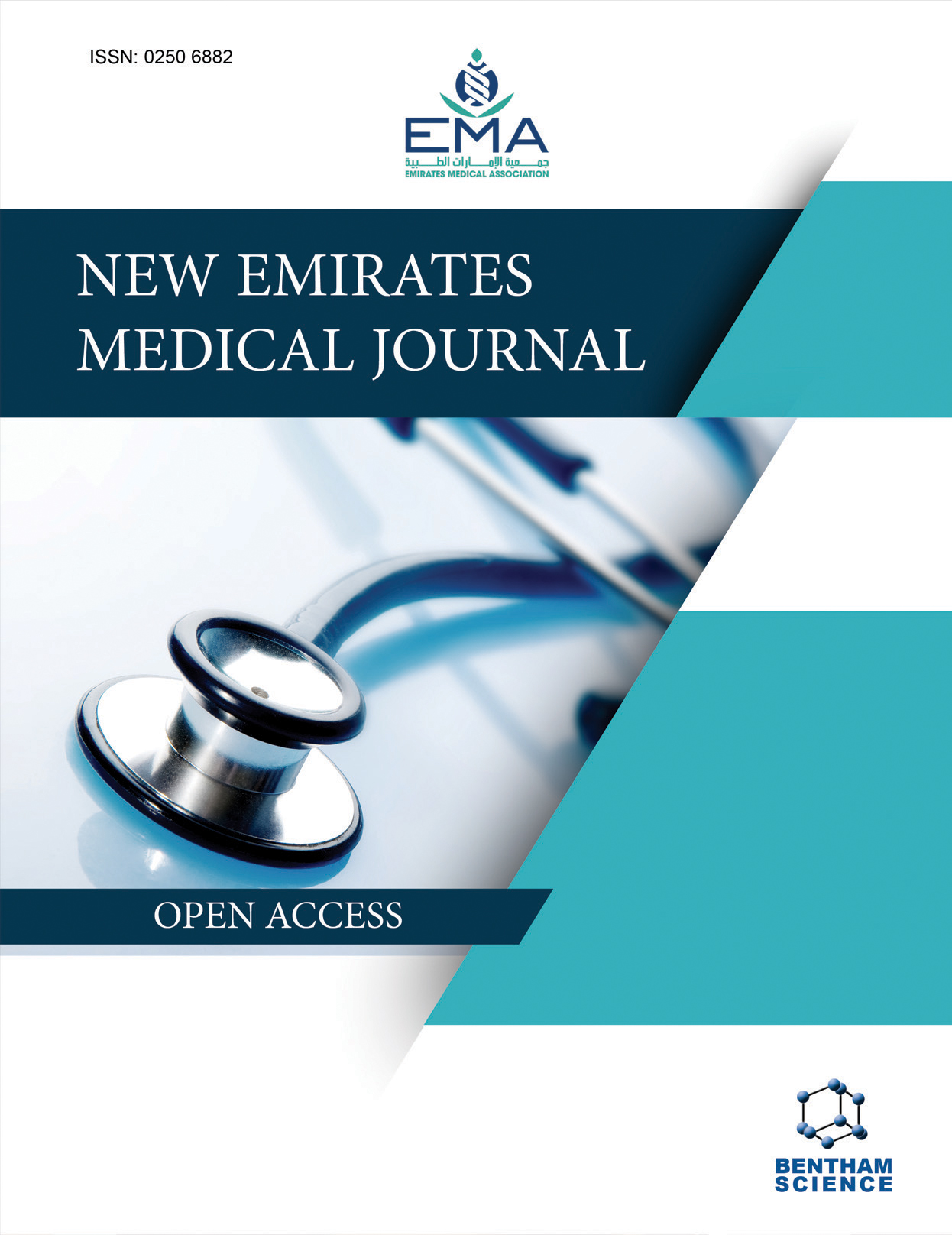-
oa Diagnosis and Management of Group 2 Pulmonary Hypertension Due to Left Heart Disease in the UAE
- Source: New Emirates Medical Journal, Volume 5, Issue 1, Jan 2024, e02506882333546
-
- 24 Jun 2024
- 03 Dec 2024
- 01 Jan 2024
Abstract
Pulmonary hypertension (PH) due to left heart disease (PH-LHD) is the most common type of PH and is observed in patients with underlying left heart disease conditions, including valvular heart disease, heart failure (HF) with preserved ejection fraction (HFpEF), HF with reduced ejection fraction (HFrEF), cardiomyopathies, and arrhythmic diseases. Group 2 PH is postcapillary PH categorised into 2 components as isolated postcapillary PH (IpcPH) and combined precapillary and postcapillary PH (CpcPH), based on the value of pulmonary vascular resistance (PVR).
PH-LHD diagnosis is a three-step process and includes identification of clinical phenotype, determination of pre-test probability for invasive evaluation, and haemodynamic assessments. Management of PH-LHD primarily encompasses optimisation of treatment of underlying conditions, such as hypertension, obesity and diabetes mellitus, and treatment of PH-LHD with targeted PAH-specific drugs, like phosphodiesterase type 5 inhibitors (PDE5i) and sildenafil. In patients with PH-LHD, the use of PAH-specific drugs can lead to pulmonary oedema and clinical deterioration.
The article aimed to provide updated information on diagnosis and emerging treatment options for PH-LHD. Although the emerging alternative treatment options are not approved, the randomised studies discussed provide insight into the management and thus demand future clinical trials to establish the safety and efficacy of novel molecules and combination therapies.



